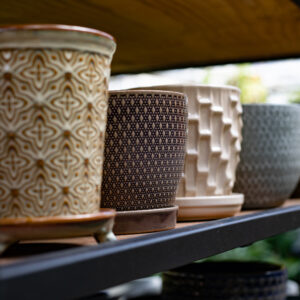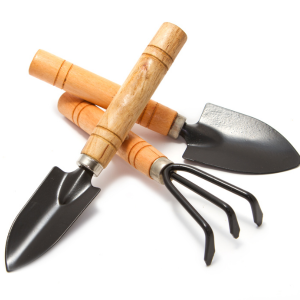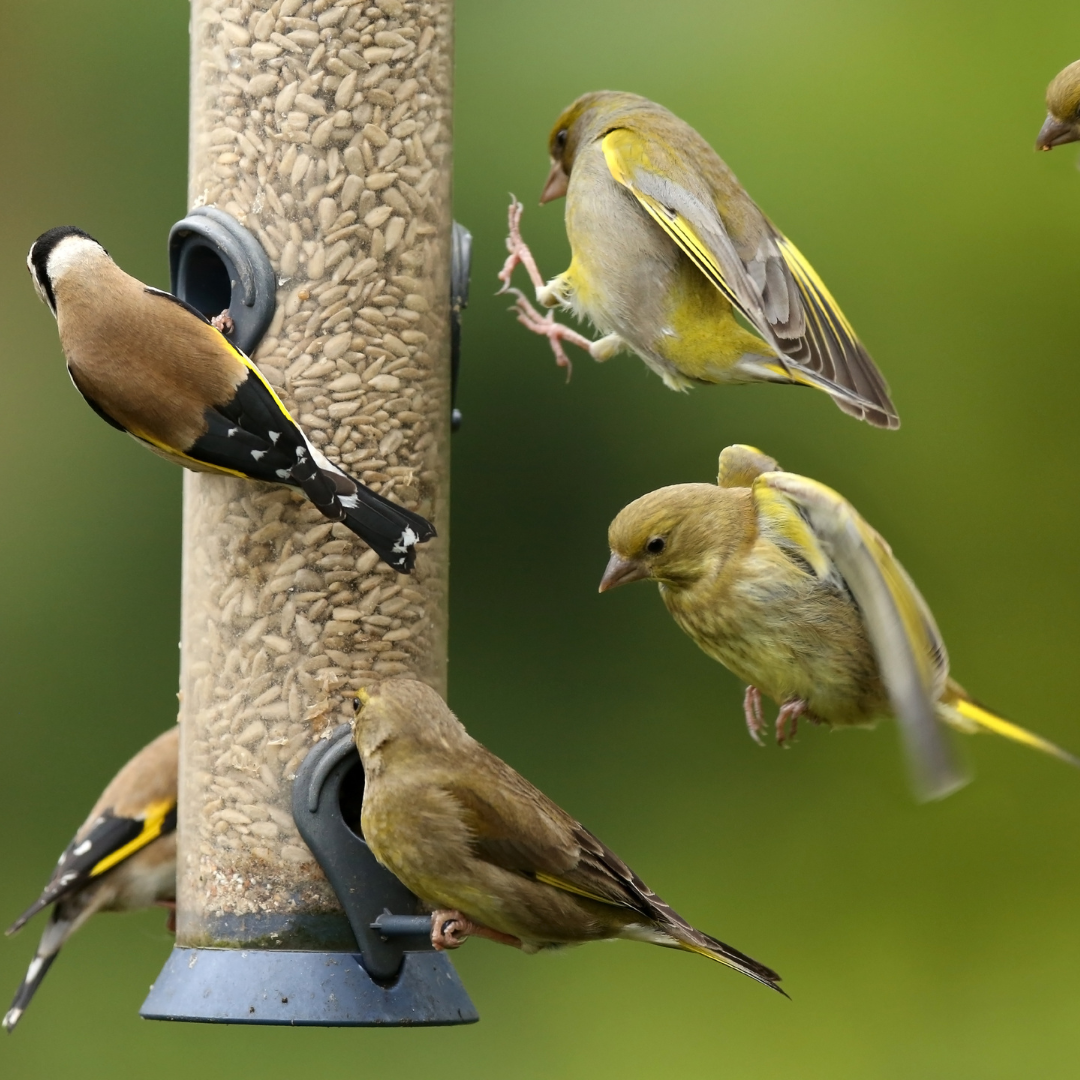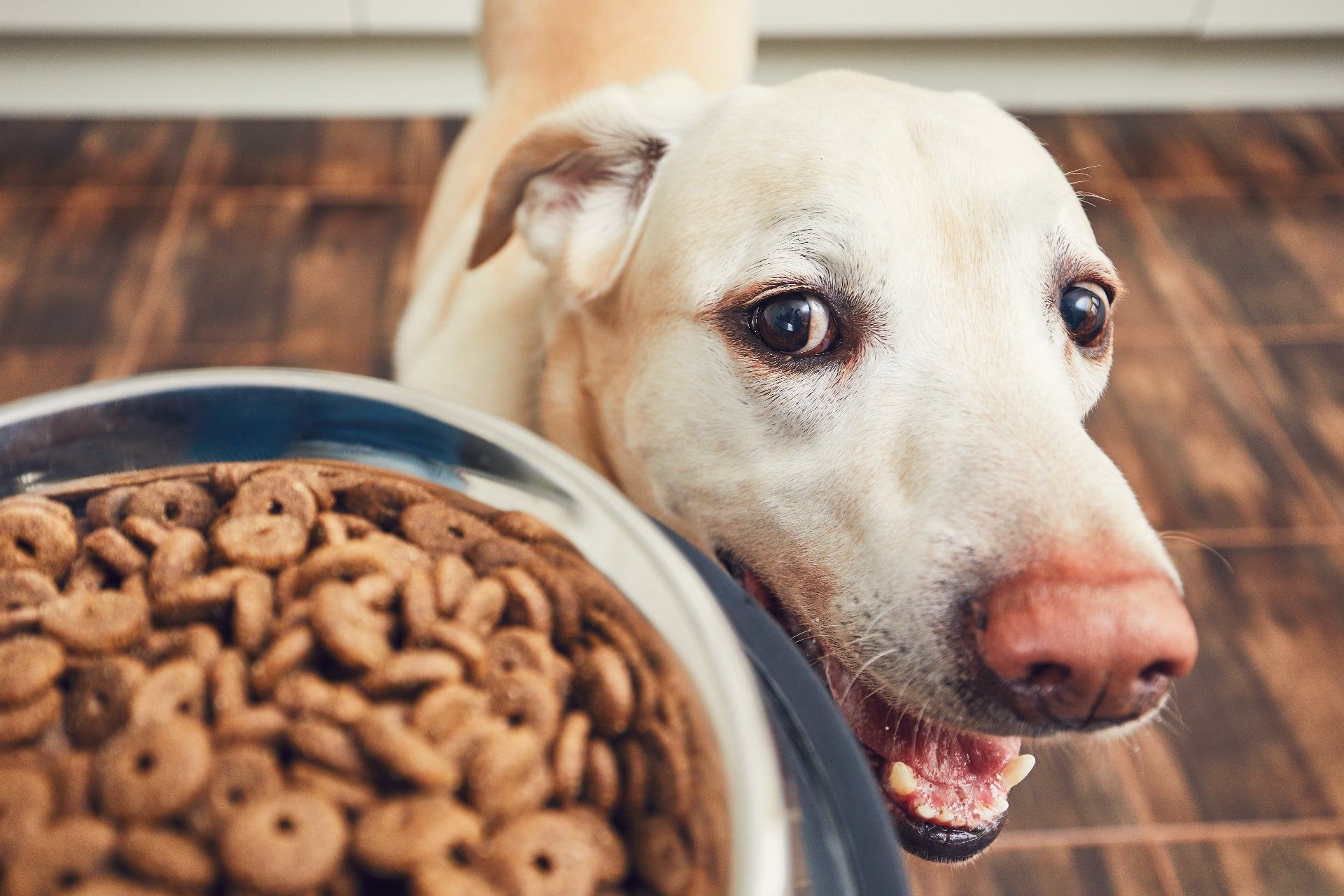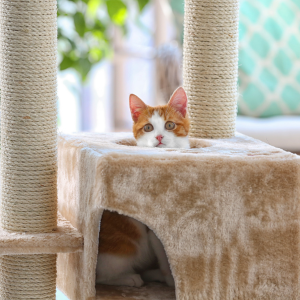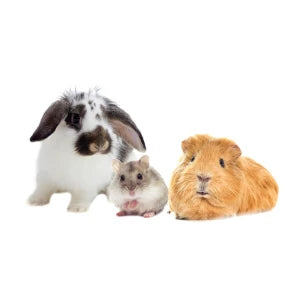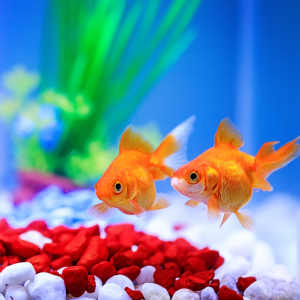Air Plant Care
Air Plants are perfect for creative displays in terrariums, mounted on driftwood, or nestled in decorative bowls.
They are low-maintenance, adaptable, and a great conversation starter.
With proper watering and light, they’ll reward you with healthy growth and even occasional blooms.

Light
Bright, indirect light is ideal. Can tolerate some direct morning sun. Avoid prolonged harsh afternoon sun.

Watering
Soak in room-temperature water for 20–30 minutes once a week. Shake gently to remove excess water to prevent rot. Increase watering in dry or hot environments.

Humidity
Prefers moderate to high humidity. Mist between waterings if air is dry.

Temperature
Ideal range: 50–90°F (10–32°C). Protect from frost.

Soil
No soil required—attach to wood, shells, or wire frames.

Fertilizing
Feed monthly during the growing season with diluted bromeliad or air plant fertilizer.

Repotting
Not applicable—simply reposition or remount as desired.

Pruning & Cleaning
Remove dried or dead leaves by gently pulling them away. Rinse off dust or debris during watering.

Pet Safety
Non-toxic to cats and dogs.

Common Problems
Browning tips = underwatering or too much direct sun. Soft or mushy base = overwatering or poor drying. Lack of growth = insufficient light.

Common Pests
Watch out for scale and mealybugs.

Fun Fact
Tillandsia can produce brightly colored blooms, and after flowering, they often produce “pups” (baby plants) that can be separated once mature.



